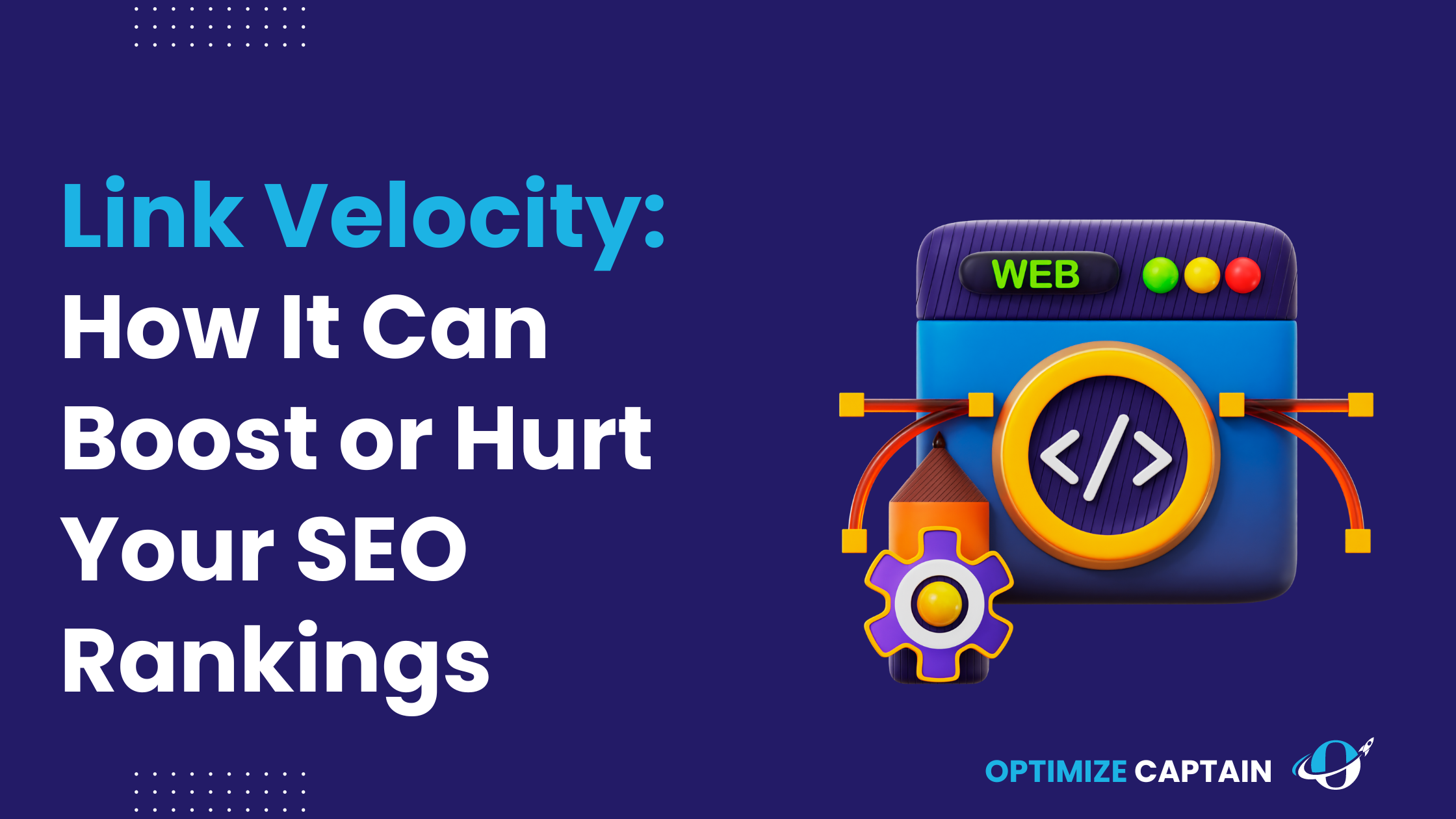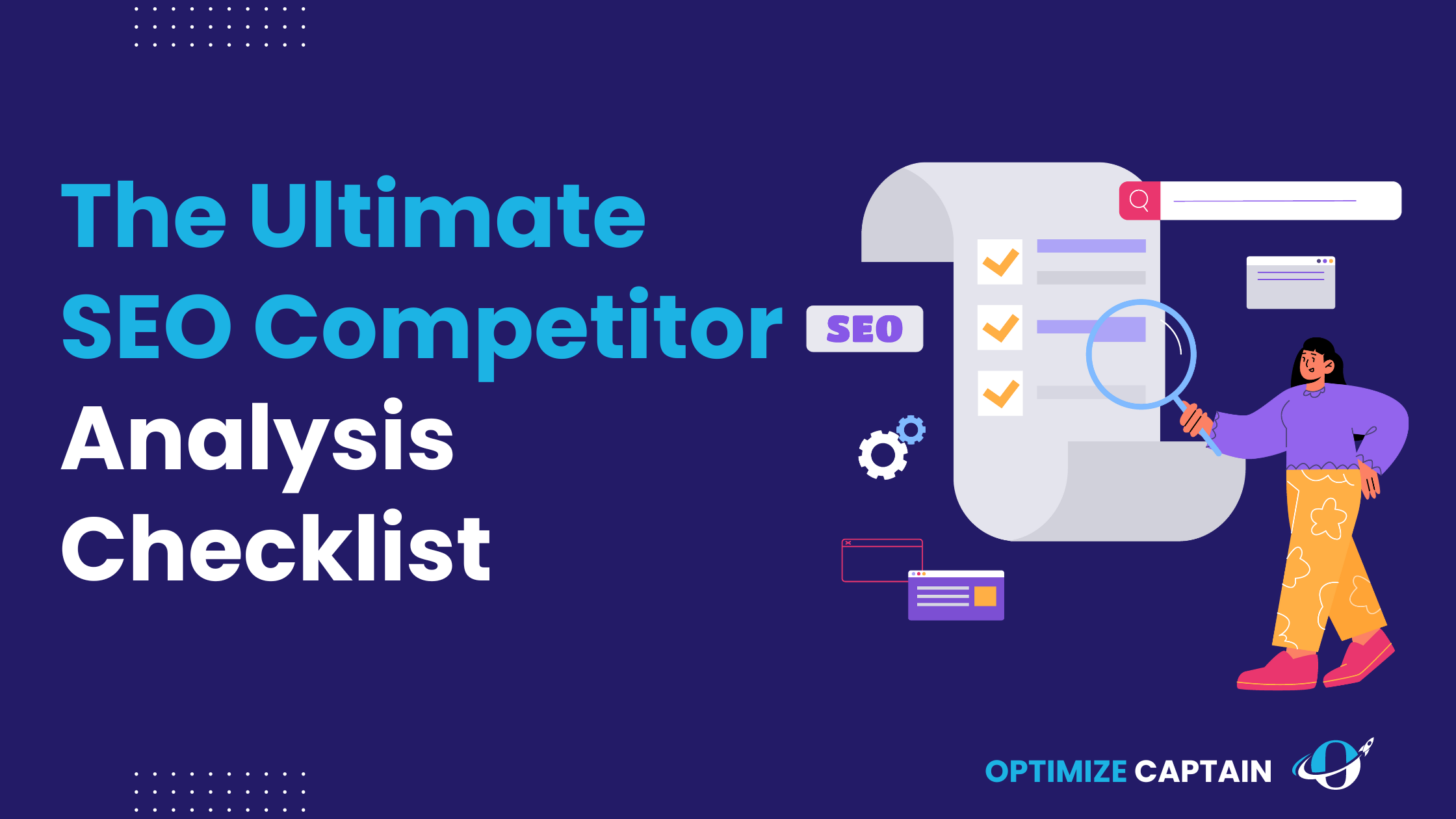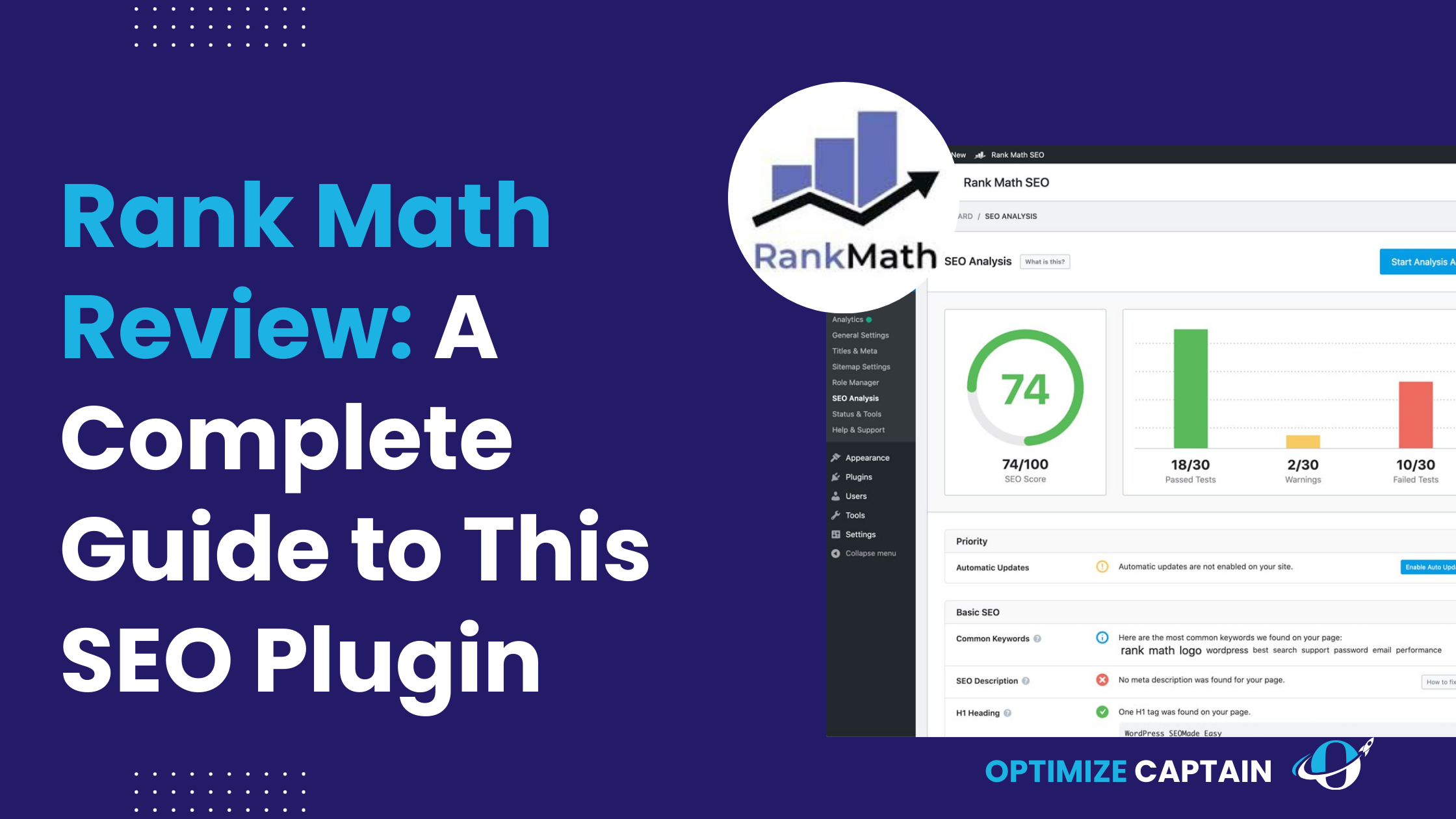Are your link-building efforts helping or hurting your website’s Search engine optimization(SEO)?
For SaaS (Software as a Service) companies, mastering the skill of link-building is crucial to succeed online.
Imagine driving massive traffic and boosting your website’s authority, only to be held back by common mistakes.
Intrigued? Let’s dive into the top 12 link-building mistakes SaaS companies should avoid in 2024 to ensure their SEO efforts are genuinely effective.
Let’s dive right into discussing link-building mistakes!

1. Building Links from Low-Authority Websites
91% of content gets no traffic from Google, often because they don’t have any backlinks or have links from low-quality sources. Therefore, building links from low-authority websites can be a significant misstep in your SEO strategy.
Imagine spending time and resources to secure a backlink, only to find out it’s from a site with minimal traffic and authority. This fails to boost your SEO and can also waste your valuable efforts.
Aim for backlinks from websites with substantial authority and relevance to avoid this pitfall. Look for sites with:
- Domain Rating (DR) of 40-70+
- 1000+ monthly traffic
- Relevant content related to your SaaS product
For example, if your SaaS company offers project management tools, securing a backlink from a high-authority site like TechCrunch can significantly enhance your SEO efforts. On the other hand, links from low-quality, magazine-style websites that exist solely to sell backlinks will provide little to no value.
By focusing on high-authority, relevant websites, you ensure your backlinks contribute positively to your SEO, driving traffic and improving your rankings.
2. Ignoring the Relevance of Links
Not all backlinks are created equal. Relevance plays a crucial role in link-building. Search engines can flag links from websites unrelated to your industry or content as spammy. Ensure that your backlinks come from sites that are relevant to your niche. For instance, a SaaS company offering CRM software should aim for links from marketing or business websites rather than a cooking blog.

A relevant link can be likened to a vote of confidence from a peer within your industry. If you get a backlink from a site that covers similar topics, it tells search engines that your content is credible and valuable. A practical example is Slack, a popular communication tool for teams, which gets backlinks from tech blogs and business websites to discuss productivity and team management.
3. Over-Optimizing Anchor Text
While using your primary keywords as anchor text can be beneficial, overdoing it can lead to penalties from Google. This practice, known as anchor text over-optimization, can make your link profile appear unnatural. Use a variety of anchor texts, including branded terms, generic terms, and natural phrases, to maintain a diverse and natural link profile.
For instance, if your primary keyword is “project management software,” don’t use it excessively as your anchor text. Instead, mix it up with terms like “click here,” “this tool,” “project management solutions,” and your brand name. This diversity prevents your link profile from looking manipulated.
It is advisable to limit the use of the main keyword in link descriptions to less than 5% of all links. This ensures a more natural and diverse link profile. Additionally, using various words and longer phrases related to the main keyword and incorporating brand names or generic terms can help improve the link profile’s balance and authenticity.
It is recommended that links be regularly monitored using tools such as Google Search Console or Ahrefs. This allows for detecting sudden increases in links with identical wording and enables prompt corrective action if necessary.
4. Neglecting Content Quality
Content is king, even in link-building. Poor-quality content deters high-authority websites from linking to you and negatively impacts your reputation. Focus on creating high-quality, valuable content that naturally attracts backlinks. Examples include original research, infographics, an influencer’s interview, or an in-depth article on a complex topic.
Here’s a key point: Link-worthy content shouldn’t be a secret formula. Analyze what’s working for your competitors! Look for content pieces in your niche that have garnered many backlinks from high-authority sites. This can provide valuable insights into content that resonates with audiences and attracts natural links.
Example of Link-Worthy Content:
Imagine a SaaS company in the project management space creating an in-depth guide titled “The Ultimate Guide to Remote Team Management in 2024.” This guide dives deep into the challenges and best practices for managing remote teams effectively. It includes original data from a survey of remote workers, expert interviews with CEOs of successful remote companies, and actionable tips that can be implemented immediately.
This type of high-quality, informative content offers tremendous value to readers. It establishes the SaaS company as a thought leader in remote team management and is more likely to attract backlinks from relevant websites and blogs.
Related Read: Content Marketing Strategies
5. Relying Solely on Guest Posting
Guest posting is a popular link-building strategy, but relying solely on it can be risky. Overusing guest posting can lead to a spammy link profile and potential penalties. Diversify your link-building efforts by incorporating strategies such as broken link building, resource page link building, and influencer outreach.
While guest posts can introduce you to new audiences and build authority, supplement this with other tactics. Use broken link building to find and replace broken links on high-authority sites with your content. Engage in influencer outreach to get industry leaders to share your content. Each method contributes to a robust and varied backlink profile.
6. Buying Links
Buying links is a big no-no in SEO. Paid links are against Google’s guidelines and can result in severe penalties, including being de-indexed from search results. Instead of buying links, build genuine relationships with industry influencers and create high-quality content that naturally earns backlinks.
To illustrate, consider contacting industry experts for interviews or guest posts on your site. These experts often share their contributions, which can lead to organic backlinks. By focusing on authentic relationship-building, you can create a network of high-quality backlinks that is compliant with SEO best practices.
7. Using Automated Link-Building Tools
Automated link-building tools promise quick results, often leading to low-quality and spammy backlinks. These tools can create many irrelevant and poor-quality links, harming your SEO in the long run. Manual outreach and link-building, though time-consuming, ensure higher quality and more relevant backlinks.
Invest time in personal outreach instead of using a tool to generate links. Research relevant websites and personalize your pitches. This approach secures better-quality links and helps build meaningful relationships with other site owners in your industry.
8. Not Conducting Regular Link Audits
Regular link audits are essential to maintaining a healthy backlink profile. Failing to do so can result in a buildup of toxic links that can harm your SEO. Use tools like Ahrefs or SEMrush to check your backlink profile and regularly disavow any harmful links. This proactive approach helps you stay ahead of potential SEO issues.
SaaS companies should schedule quarterly link audits. During these audits, identify and disavow toxic backlinks. This process keeps your link profile clean and ensures that only high-quality links contribute to your SEO efforts.
9. Neglecting Internal Linking
While external backlinks are important, internal linking should not be overlooked. Internal links help distribute link equity throughout your website and improve user experience by making navigating more accessible for visitors. Ensure your site has a solid internal linking structure to support your overall SEO strategy.
For instance, a SaaS company’s blog post on “project management tips” should link to related posts such as “top project management tools” or “how to manage remote teams.” This practice keeps visitors engaged and helps search engines understand the structure and importance of your content.
For long-form content (2000+ words), aim for 3-4 internal links pointing to other relevant pages on your site. You can also add an extra link for approximately every 300 words of content. However, for shorter pages, keeping it reasonable is important. A short page with 5-6 internal links might seem overwhelming.
10. Ignoring Link Diversity
A diverse link profile is a strong link profile. Relying on a single link or source can make your backlink profile appear unnatural. Aim for various link types, such as blog comments, forum links, social media mentions, and editorial links. This diversity makes your link profile look more natural and reduces the risk of penalties.
Your SaaS company should seek backlinks from various sources. Secure mentions in industry blogs, participate in relevant forums and gain editorial links from reputable news sites. This mix ensures your backlink profile is well-rounded and resilient against algorithm changes.
11. Not Leveraging Broken Link Building
Broken link building is a practical yet often overlooked strategy. This involves finding broken links on relevant websites and suggesting your content as a replacement. This helps you earn high-quality backlinks and provides value to website owners by helping them fix broken links on their sites. Use tools like Ahrefs to find broken links on high-authority sites in your niche. Reach out to the site owners, inform them of the broken links, and suggest your relevant content as a replacement. This win-win strategy can secure valuable backlinks and build relationships with other site owners.
Plus, it’s scalable! You can prioritize websites with high domain authority (DA) to maximize the SEO benefit of the backlinks. Consider targeting broken links, initially pointing to content within your niche. This ensures your replacement content is highly relevant and enhances the user experience even more.
Imagine you have a SaaS company with a top-rated marketing automation platform. You’re targeting high-authority marketing blogs in your niche and discover a broken link in a blog post titled “The Ultimate Guide to Email Marketing Campaigns.” The broken link initially pointed to a resource on “Landing Page Optimization for Email Marketing.”
How to Leverage This Opportunity:
1. Assess Your Content: Do you have a high-quality blog post or webpage focusing on optimizing landing pages for email marketing campaigns? This could be an ideal replacement for the broken link.
2. Craft Your Outreach Email: Write a polite email informing the website owner about the broken link and offering your relevant content as a valuable replacement.
Related Read: Link-building hacks
12. Failing to Track and Measure Results
Link-building efforts should be continuously tracked and measured to understand what’s working and what’s not. Use tools like Google Analytics, Ahrefs, and Moz to monitor your backlinks, track referral traffic, and measure the impact of your link-building efforts. Regular analysis allows you to refine your strategy and improve your results.
Goals can be set up in Google Analytics to track conversions from referral traffic. Use Ahrefs to monitor new and lost backlinks. Regularly review these metrics to identify successful tactics and areas needing improvement. This data-driven approach ensures your link-building efforts remain effective and aligned with your SEO goals.
Conclusion
By avoiding these 12 common link-building mistakes, SaaS companies can establish a strong foundation for their SEO strategy. Remember, link building is a marathon, not a sprint. Focus on creating high-quality content, building genuine relationships, and implementing a diverse link-building approach. By consistently delivering value and earning trust within your niche, you’ll naturally attract high-quality backlinks that propel your website’s organic search ranking and drive long-term success.
FAQ’s
1. What are the challenges of link building?
Crafting link-worthy content, building relationships, keeping up with search engine updates, and avoiding spammy tactics.
2. What are your primary problems with link building in 2024?
Fiercer competition, building trust with website owners, and ensuring content aligns with user intent.
3. What is broken link building?
This is a win-win strategy in which you suggest your content as a replacement for broken links on relevant websites, earning you a backlink and fixing your site.
4. What are some of the biggest mistakes people make while building links?
Prioritizing quantity over quality content, getting backlinks from irrelevant sites, overusing exact-match keyword anchor text, solely relying on guest posting, buying links, and neglecting to track your link-building results.





